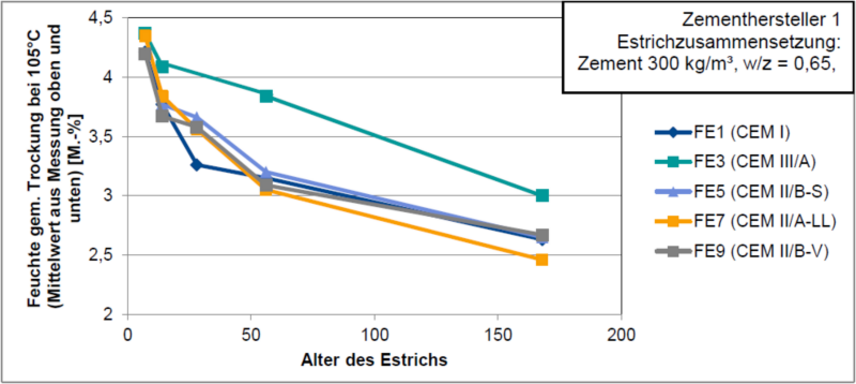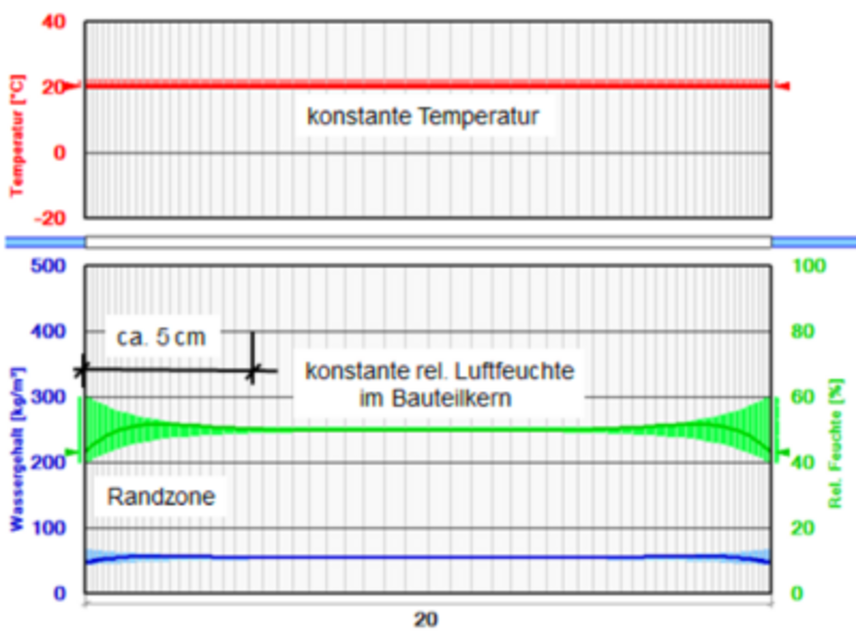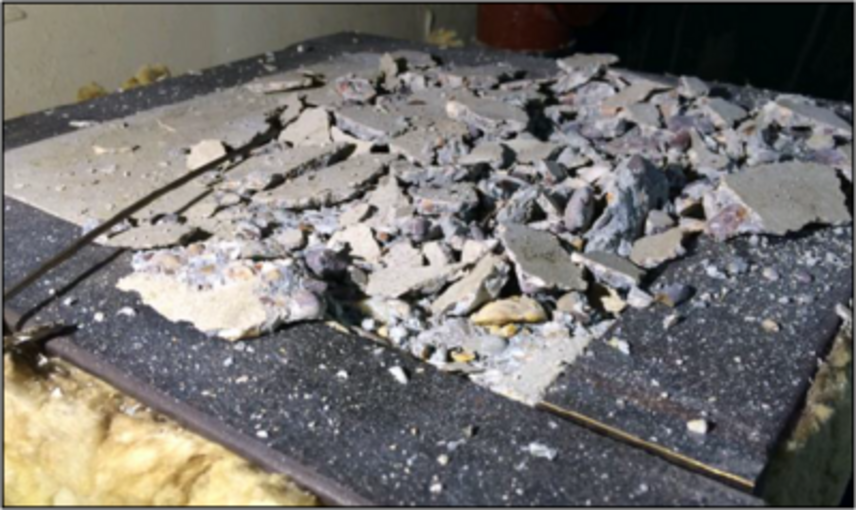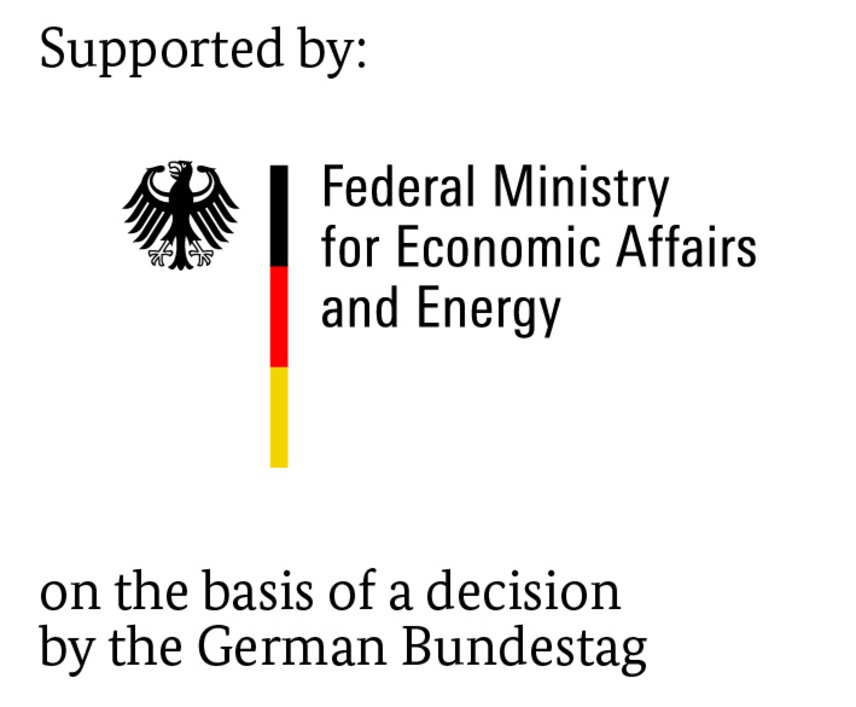The design of concrete components and the application of cement screeds is currently giving rise to two questions that made it necessary to investigate the moisture storage and moisture transfer in cement-bound building materials in more detail.
Influence of concrete technology parameters on the moisture storage and moisture transfer in concretes and cement screeds and on the resulting moisture content under different ambient conditions
The present research project intended to systematically examine the effects of the cement type on the drying behaviour of cement-bound screeds. The particular aim was to establish whether the use of CEM II and CEM III cements really affects the drying behaviour of cement screeds.
Background and goals of the research project
It has been reported that the drying behaviour of screeds with CEM II cements (Portland-composite cements) and CEM III cements (blast furnace cements) differs from screeds with Portland cements and that drying to a state ready for the application of floor coverings often takes longer than in screeds with Portland cement. Screed installerstherefore often tend to avoid using CEM II and CEM III cements, and instead opt for Portland cements. The present research project intended to systematically examine the effects of the cement type on the drying behaviour of cement-bound screeds. The particular aim was to establish whether the use of CEM II and CEM III cements really affects the drying behaviour of cement screeds.

The investigations into the drying behaviour of cement screeds and hardened cement paste revealed the following:
- Screed mortars with blast furnace cements presented higher moisture contents (CM moisture and retained moisture determined by means of oven drying at 105°C) than screeds with other types of cement after being stored for up to six months in a climate of 20°C/65% RH (Figure 1).
- Hardened cement pastes with blast furnace and Portland-slag cements displayed considerably lower mass losses when stored in climates of 20°C/65% RH and 40°C/30% RH, and mass constancy even after a few weeks in a climate of 20°C/65% RH, i.e. no further material moisture was released into the environment.
The equilibrium moisture content of screeds with blast furnace cement is higher than in screeds with Portland cement in the case of common relative humidities. Therefore, e.g. when using blast furnace cement, it is impossible to fall below a maximum value for the moisture content defined on the basis ofthe drying behaviour of screeds with Portland cement. At the same time, the mass and speed of the expected further moisture loss, which are ultimately key to the possible occurrence of damage in floor constructions, are generally lower when using blast furnace cements than when using screeds, e.g. with Portland cement. Consequently, reservations about blast furnace cements and some Portland-composite cements because of their drying behaviour seem to be unfounded.
A follow-up project aims to investigate whether measurement and analysis of relative humidity in cement screeds leads to an assessment of readiness for the application of floor coverings that takes better account of the characteristics of various types of cement in terms of their pore structure and sorption isotherms than the current method of determining moisture content in cement screed, which is expressed in CM or % by mass.
When concrete components are subjected to high temperatures in the event of fire, this can result in the spalling of pieces of concrete. Explosive spallingis considered to be the most serious form,; this is when pieces of concrete break off violentlywith loud, explosion-like noises. This issue has recently gainedprominence, partly because of increased use of high-strength concretes, and partly because of regulations in [EN 1992-1-2] regarding structural fire design. The standard states that explosive spalling isunlikely to occur "when the moisture content of the concrete is less than k % by weight," whereby k must be defined on national level. A value of 3.0 wt% is recommended in the standard; k has been defined as 4.0 wt% for Germany.
Systematic studies on the influence of various concrete compositions and ambient conditions on moisture content and moisture distribution in concrete components had not been carried out until now. Predicting the moisture content in concrete components, which is highly dependent on the chosen concrete formula and the ambient conditions, was therefore generally only possible to a very limited extent. It was considered necessary for the present research project to investigate what moisture contents and distributions typically exist in concretes of different compositions under common ambient conditions. At the same time, the aim was to examine what influence concrete composition and moisture content could have on the occurrence of spalling when the concrete is heated.
The present research project simulated typical environmental conditions with the aid of a computer and calculated the resulting moisture content in the concrete using appropriate software. As input variables for the simulations, the material parameters of
- moisture storage function/sorption isotherms,
- water vapour transmission properties and
- water absorption coefficient
were determined experimentally for concretes of different compositions.

The calculation of the coupled heat and moisture transfer showed that after several years a largely constant relative humidity in reached inside concrete components, which corresponds to the average relative humidity present in the surrounding area. Only the moisture in the outer approx. 2.5 to 5 centimetres of a concrete component is significantly influenced by fluctuations in the climate throughout the year (Figure 2). The denser the concrete, the smaller the boundary zone affected by climatic fluctuations.
The relative humidity that sets in on the inside of the component corresponds to
- around 50% for interior components under typical room conditions
- around 75% to 80% for uninsulated components under typical outdoor conditions (Germany) – or higher if the components are exposed to rain.
With the help of sorption isotherms in the concrete determined as part of the project, it was possible to appropriate the relative moisture contents of the corresponding moisture content in % by weight across the component density. This makes it possible to verify whether k wt% is exceeded under the present climatic conditions and whether explosive spalling is therefore likely, as per [EN 1992-1-2]. After constant relative humidities set in in the core, the concretes that formed part of the experimental programme displayed average calculated equilibrium moisture contents in a magnitude of 3.5 to 6.0% in the outdoor climate. In the room climate, several concretes reached average compensatory moistures of 2.0 to 4.5% after constant relative humidities set in in the core. The general trend is that concretes with a low proportion of capillary pores have higher equilibrium moisture contents under room conditions.

A test set-up – initially described by Kalifa [Kal 2000] and since used by many scientists – was chosen in order to investigate the behaviour of the concretes during heating and possible explosive spalling. According to this method, the surface of a concrete specimenmeasuring 30 cm x 30 cm x 12 cm is heated with electrical radiant heaters. Some sources refer to the test as the "PTM test" because the change inpore pressure, temperature and mass are determined. The tests relating to the explosive spalling of concrete in a fire led to the following results:
- In the present research project, high pore pressures were not the main cause of explosive spalling in concrete.
- Whilst other scientists have documented the pore pressure, temperature and mass of concrete test specimens during heating in the "PTM test" and not identified any spalling, in the present research project explosive spalling was observed in several cases by means of a modification to the test (application of compressive stress) (Figure 3). Consequently, the application of compressive stresses is key to the occurrence of spalling in the PTM test.
- Explosive spalling occurred in both high-strength concretes and normal-strength concretes with blast furnace cement (CEM III/A) and Portland-fly ash cement (CEM II/B-V). Compared with other concretes in the experimental programme, the hardened cement paste of these concretes displays a lower proportion of capillary pores and a larger proportion of gel pores.
Based on independent observations and findings from the literature, hypotheses were put forward regarding the cause of the explosive spalling in the research project. These hypotheses and the relative contribution of the assumed phenomena of spalling are to be investigated as part of a subsequent research project.
[DIN EN 1992-1-2]
Deutsches Institut für Normung, DIN 2010-12. Eurocode 2: Bemessung und Konstruktion von Stahlbeton- und Spannbetontragwerken - Teil 1-2: Allgemeine Regeln - Tragwerksbemessung für den Brandfall
[Kal 2000]
Kalifa, P. et al.. Spalling and pore pressure in HPC at high temperatures. Cement and Concrete Research 2000, 30, S. 1915-1927
Sponsors

The IGF project 17928 N of VDZ gemeinnuetzige GmbH – VDZ Technology gGmbH, Toulouser Allee 71, 40476 Duesseldorf was supported by the AiF within the framework of Industrial Collective Research (IGF) of the Federal Ministry of Economic Affairs and Energy on the basis of a decision of the German Bundestag.
